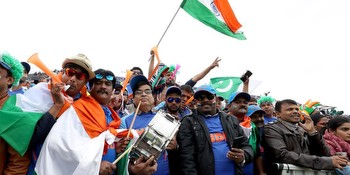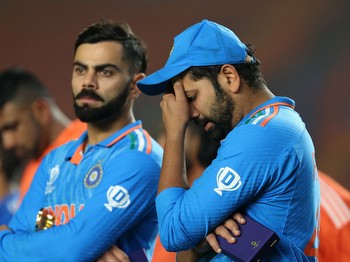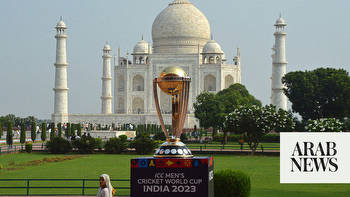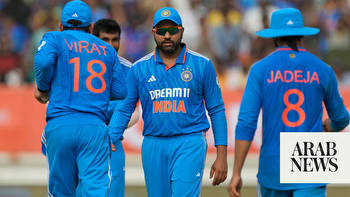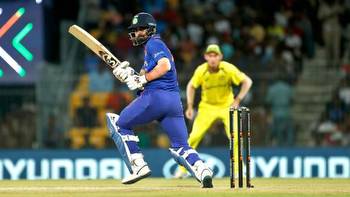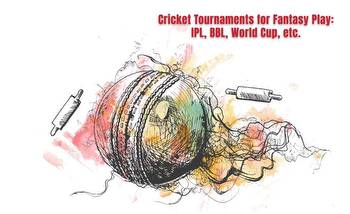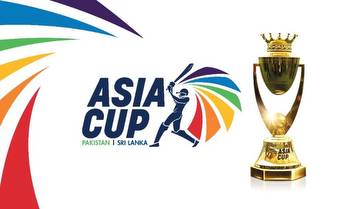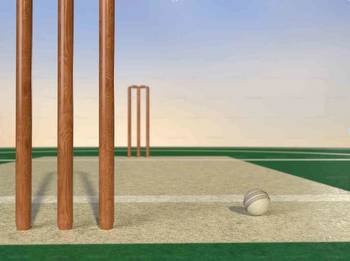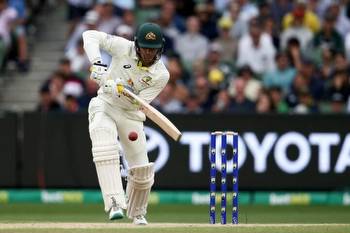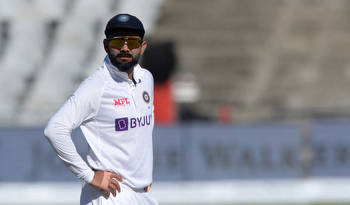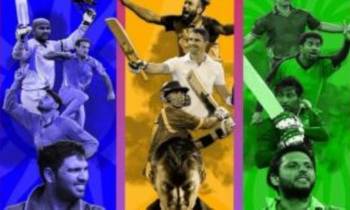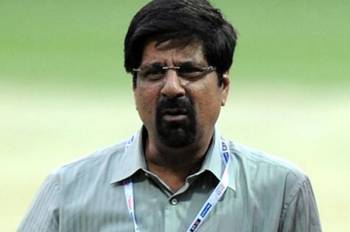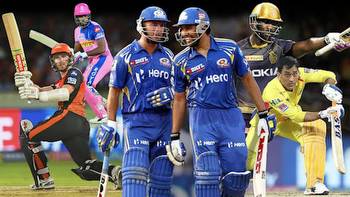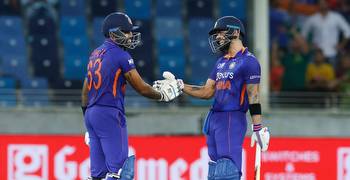History of Cricket: Who Invented This?
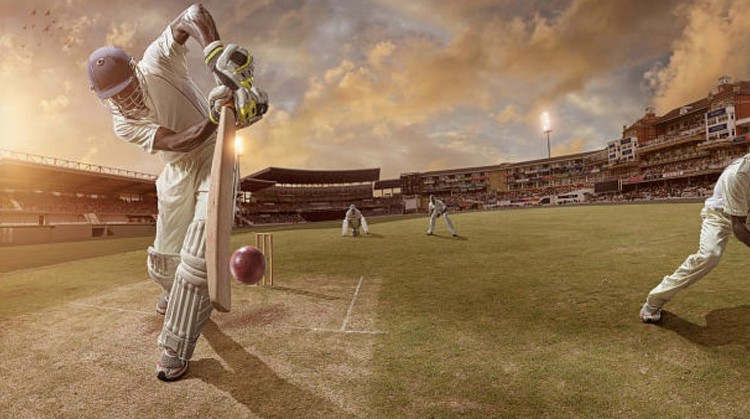
Imagine being on a green field with the sun on your face and the cheers of the crowd all around you. The steady beat of the ball hitting the bat and the exciting, pulsing energy of the game. This is cricket, a sport that millions of people all over the world love. But have you ever thought about where it came from? In addition, cricket is one of the most popular sports for betting at non Gamstop bookies. Like the sport itself, it has its own historical factors.
Early Beginnings of Cricket
In fact, cricket’s early history is a subject of much debate among historians. It’s widely believed that the sport originated in southeastern England during the Middle Ages, with shepherds possibly being the first players, using their crooked staffs as bats.
Medieval Times
Cricket traces its roots back to southeast England during the medieval period, possibly as far back as the 13th century. It is believed that the sport started as a children’s game, possibly among shepherding communities. In these early days, children would use a crude bat and ball, made from locally sourced materials, to play a primitive form of cricket.
Cricket in the Tudor Age
During the 16th century, cricket garnered a reputation as a leisurely pastime, particularly in the Tudor period. Evidence of cricket’s existence during this period is found in the written accounts of Edward Alleyn, a well-known actor, who described a game of cricket in 1598. This suggests that by the end of the 16th century, cricket had evolved from a children’s game to a sport enjoyed by adults as well.
The Evolution in the 17th Century
As we venture into the 17th century, we find cricket transitioning into an organized village game. The first recorded game of ‘adult’ cricket occurred in 1611 in Kent, England. This period saw the introduction of basic gameplay, with two opposing teams, each with a number of players, competing to score the most runs. It also marked the start of cricket as a spectator sport, with documented accounts of large sums of money being bet on games.
Cricket in the 18th Century: The Birth of Modern Cricket
The 18th century was an important period in the development of cricket, when the first cricket clubs were established and official rules were introduced. It was in this century that cricket began to resemble the sport we know and love today.
Formal Rules and Clubs
The 18th century heralded a new era for cricket, introducing formalized rules and the establishment of the first cricket clubs. The Marylebone Cricket Club, established in 1787, became the custodian of the Laws of Cricket. This marked a significant milestone in the sport’s development, moving cricket from a casual pastime to a regulated sport.
The Introduction of Key Aspects
In addition to clubs and formal rules, the 18th century introduced other key aspects of modern cricket. It saw the inception of international cricket, with the first recorded match between the USA and Canada in 1844. This period also gave birth to overarm bowling, replacing the previous underarm style, forever changing the way the game was played.
Cricket in the 19th Century: From Amateurism to Professionalism
The shift from amateurism to professionalism was significant in the 19th century. It witnessed the emergence of the first Test match between England and Australia in 1877. The introduction of such matches marked cricket’s recognition as a professional sport, drawing wider audiences and global attention.
Furthermore, the 19th century saw the birth of one of cricket’s most enduring traditions: The Ashes. This biennial cricket Test series between England and Australia is one of the sport’s oldest and most respected contests, born out of a satirical obituary published in an English newspaper mourning the death of English cricket after a loss to Australia.
The Global Spread of Cricket in the 20th Century
In the twentieth century, cricket expanded beyond its traditional centers. Under the influence of the British Empire, the sport penetrated to the most diverse corners of the globe. From the subcontinental powers of India and Pakistan to the sunny Caribbean islands, cricket’s international appeal grew exponentially to become the truly global sport it is today.
Cricket in the Colonies
The British Empire played a crucial role in introducing and spreading cricket in its colonies. Countries like India, Pakistan, Sri Lanka, and the West Indies picked up the sport and have since become powerhouses in global cricket. Notable games and rivalries emerged, including the India-Pakistan cricket rivalry, one of the most intense in the sport.
The Introduction of Limited Overs Cricket
The second half of the 20th century saw the birth of limited overs cricket, which offered a quicker, more exciting version of the game. This evolution came in response to dwindling crowd numbers in Test cricket. The inaugural Cricket World Cup, a one-day international (ODI) tournament, was held in 1975, ushering in a new era of competitive international cricket.
The Modern Age:
The Introduction of Twenty20 Cricket The birth of Twenty20 (T20) cricket in the early 21st century has revolutionized the sport. A shorter format of the game, T20 cricket matches last for about three hours, providing a fast-paced, thrilling spectacle that’s attractive to audiences worldwide. The format has gained immense popularity, with leagues such as the Indian Premier League and the Big Bash League drawing international audiences.
The Most Popular Cricketing Nations
Cricket is popular all over the world, but in some countries it is particularly beloved. Let’s focus on the three most popular countries where cricket is not only a sport but also a way of life.
England
England, the birthplace of cricket, holds a special place in the world of cricket. The sport is firmly embedded in the national culture, and cricket matches from village streets to the hallowed grounds of Lord’s are an integral part of the British summer. England have had numerous cricketing successes, including World Cup victories, and are home to some of the most prestigious cricket clubs in the world. The Ashes series against Australia is perhaps the most anticipated event in English cricket, as the competitive spirit captures the attention of the entire country.
Australia
Australia’s cricket culture is as vast as the continent itself. From the urban centers of Sydney and Melbourne to the outback, cricket is followed with passion. The Australian cricket team is one of the most successful in the world, having won the World Cup and the Ashes on numerous occasions. Backyard cricket is a beloved tradition that symbolizes the deep love Australians have for the sport. The Test match played in Melbourne on Boxing Day is a landmark event in the Australian sporting calendar, attracting large crowds and international attention.
India
In India, cricket is not so much a sport as a religion. From the bustling streets of Mumbai to the tranquil countryside of Punjab, the passion for cricket is palpable. Cricket matches, especially those involving the national team, bring the country to a standstill. Indian cricket has a history of two World Cup victories and many cricket legends like Sachin Tendulkar and Virat Kohli. The Indian Premier League (IPL), the most watched cricket league in the world, epitomizes the obsession with cricket, combining sport and entertainment that captivates millions of people.
Cricket: More Than Just a Game
Beyond its sporting spectacle, cricket has a profound cultural and societal impact. It shapes national identity, and in countries such as India, Pakistan and the West Indies, cricket has become a unifying force.
Legends of the game like Sir Don Bradman, Sachin Tendulkar, Imran Khan, and Sir Vivian Richards have transcended the sport and achieved iconic status in their home countries and beyond.
Conclusion
Cricket has gone from a humble medieval pastime to an international spectacle. The game’s fascinating history, full of amazing transformations, has led to the creation of a sport that inspires passion in millions of people around the world. Today, as we cheer on our teams, we are participating not just in a game, but in a rich historical tradition dating back several centuries

